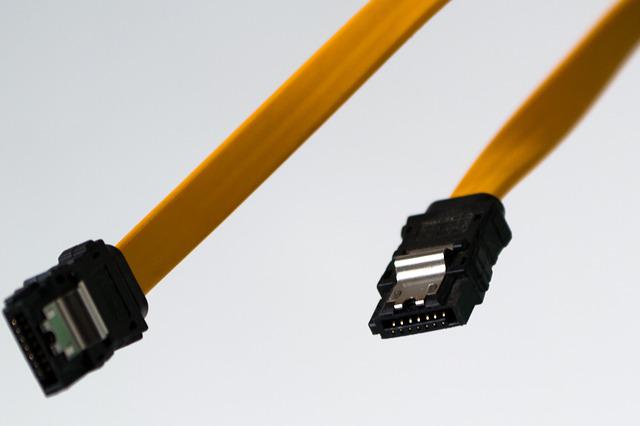
Not all cables consist of conductors that are bundled together. Some of them use a side-by-side arrangement for their respective conductors. Known as ribbon cables, you can identify them by their flat shape. They aren’t round like other types of cables. Ribbon cables feature side-by-side conductors, resulting in a flat shape.
What Are Ribbon Cables?
Ribbon cables are flat cables that contain multiple, side-by-side conductors. They are known as “ribbon cables” because they look like strands of flat ribbon.
Like all cables, ribbon cables contain multiple conductors. Wires contain a single conductor, whereas cables contain multiple conductors. Ribbon cables, though, require a specific arrangement for the conductors. The conductors are arranged on a flat pane, meaning they aren’t bundled together. Instead, the conductors in a ribbon cable are placed side by side to achieve a flat shape.
Advantages of Ribbon Cable
Ribbon cables offer several advantages over other types of cables. For starters, they don’t consume much space. Ribbon cables can fit into small spaces where other types of cables cannot. All ribbon cables are flat. And with their flat shape, they are small and compact.
Another advantage of ribbon cables is flexibility. They are semi-flexible. You can bend ribbon cables without fear of breaking them. The same can’t be said for other types of cables. Repeatedly bending a traditional, non-ribbon cable may break it.
Ribbon cables have been around for quite some time. Their origins, in fact, can be traced back to the 1950s. As a result, they are widely accepted and used.
Ribbon Cable Connectors
Ribbon cables require the use of a connector. Some of the most common connectors for ribbon cables include D-subminiature, IDC connectors, DIN 41612 and DIL connectors. Connectors, of course, are used to connect ribbon cables to electronics or parts.
Common Applications for Ribbon Cables
With their flat shape, ribbon cables are commonly used in electronics. Desktop and laptop computers, for instance, typically use ribbon cables for their hardware. Computer storage drives are connected to motherboards by a ribbon cable. CD, DVD and other disk drives may also be connected to motherboards by a ribbon cable.
It’s important to note that ribbon cables are used mostly for internal applications. In other words, they are used inside of electronics rather than outside of electronics. The flat shape of ribbon cables makes them difficult to handle. For computer-related applications, ribbon cables can block airflow when used externally. Therefore, ribbon cables are typically used for internal applications.

